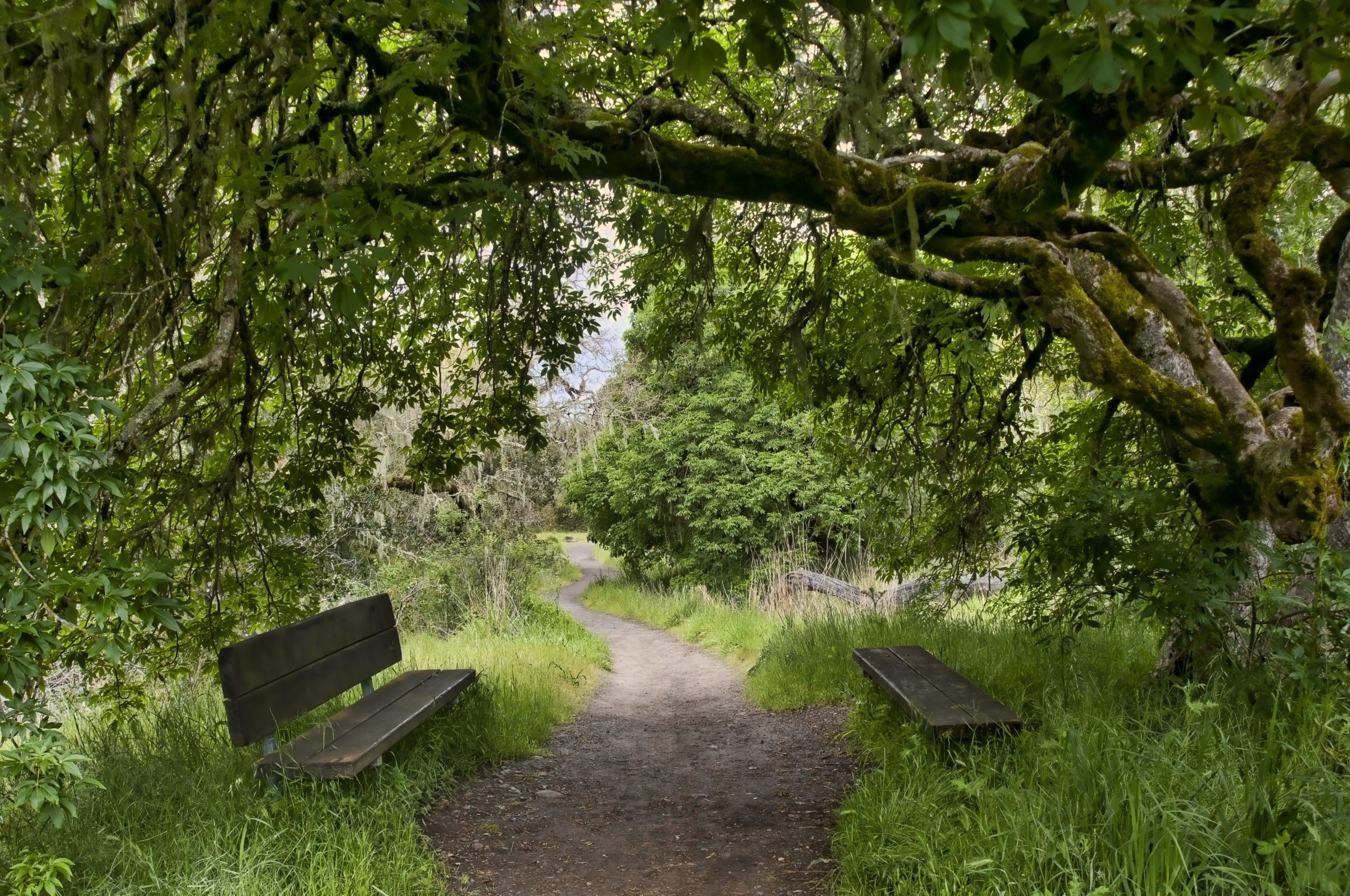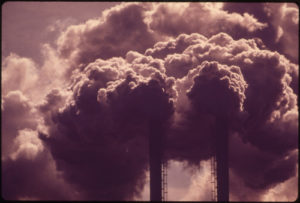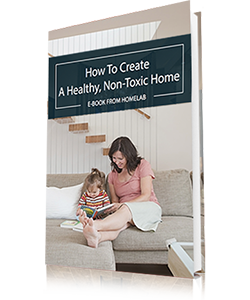Most of us are all about living! But when the time comes, and we or a loved one pass on, we’ll have to deal not just with dying, but with the body that’s left behind, too.
The options for an environmentally friendly burial have really increased since the deaths of my father and mother. My mother chose cremation; my father, a traditional burial. (By the way, when my beloved dog died, I had her cremated and buried her ashes in a wood urn.)
When I die, I’m donating most of my body to science. I haven’t decided yet on how to deal with what’s left over (and my family will play a role in that decision, since I believe funerals are as important to our living loved ones as they are to us). I’ve considered cremation and having my ashes scattered on my favorite beach. I’m also intrigued by the idea of putting my body in an organic cotton bag and just being buried in the ground where I can decompose and maybe fertilize a tree or flower bed.
Hopefully, I (or, my family) won’t have to deal with this quandary any time soon! But because funerals are such big business and burials can have an unexpectedly significant environmental impact, I thought it would be interesting to look at just one option more and more people are considering: cremation. And to do that, I partnered with SafePassageUrns.com. I like SafePassage because they have a terrific Circle of Life Tree Planting Initiative. Their goal is to plant a tree for every cremation urn that they sell.
But back to cremation itself. I used to assume that cremation was the most environmentally friendly burial option because it didn’t necessarily require a wasteful casket or embalming fluid. According to SafePassage, over 4 million square acres of forest are cut down for wood to make caskets. Plus, 800,000 gallons of formaldehyde-based embalming fluid are used to preserve bodies until they’re buried. Without giving it much thought, I figured cremation was better because it would “just” burn the body and leave behind organic ashes.
I’ve since come to learn that there are downsides to conventional cremation, too. Among them, burning a body (sorry to be so graphic, but that’s what it is) requires a significant amount of energy (usually natural gas) to turn body mass into ash. In the process, heavy metals like mercury (embedded in tooth fillings) can be released into the atmosphere. Toxic dioxins, methylene chloride, and furans could be released if the body contains pacemakers, silicone breast implants, and other replacement body parts. The National Institutes of Health note that particulate matter, sulfur dioxide, nitrogen oxides and volatile organic compounds (VOCs) may be released by cremation as well.
That said, a more benign form of cremation is now available. It is called “resomation” or alkaline hydrolysis. The way it works is this: the body is placed in a pressurized, enclosed container that is filled with a fluid combo of water and potassium hydroxide. The fluid is heated to around 320 degrees F and also put under intense pressure that prevents boiling but enables the body to be chemically broken down. When the process is complete, liquid and soft bone remain. Most municipalities require the liquid to have the same pH level as the water in the community’s sewer system; when it does, it can be disposed of down the drain like other water waste. Remaining bone is crushed to create a dust that resembles ash. That “ash” can be then put in an urn and either buried in a family plot or kept as a keepsake.
Now that I know about resomation, I’d probably consider that if I opted for cremation. If it weren’t available and I still wanted to be cremated, I’d try to find a newer constructed crematorium that was outfitted with air pollution control 
As for an urn to choose, as an avid reader, I happen to like this one, in the shape of a book, from SafePassageUrns. It will biodegrade if buried, but would be beautiful on a bookshelf if my loved ones decided they wanted to keep me around for a while!
TELL US ABOUT YOU! Have you thought about how you want to be buried? Please share you questions and comments below.
NOTE: Partnerships enable us to bring you the expert content you need to lead the greener life you want. Our editorial opinions remain our own.



















2 thoughts on ““Green” Cremation Urns May Ease the Pain of Burying a Loved One”
definitely like the pine box burial. Cotton Bag,Hmmn. Wonder what’s best, cremation or burial
Sounds like a natural burial is more eco than cremation. And it’s catching on a bit, from what I hear.
Comments are closed.